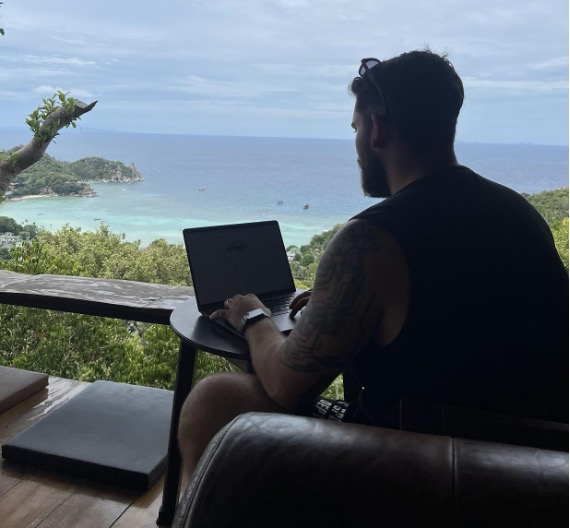
Nomadlio: My Take on What Nomad List Should Have Been
A year ago, I quit my software engineering job with the goal of traveling the world and working as a freelancer and on my own projects.
In one moment, all the places and countries that I had dreamed about but couldn’t visit before became viable options.
But that overwhelming number of options left me with analysis paralysis. I was overthinking, not sure where to go.
There were just too many things to consider: weather, cost of living, visa rules, air quality, Wi-Fi speed, safety, walkability, access to gyms, and so on.
Of course, I knew about Nomad List (nomads.com today). For a while, it was one of the only options available to get information about destinations.
But the more I used it, the more I kept running into the same issues:
- Outdated or limited cost-of-living data
- Prices that didn’t reflect seasonality
- Completely paywalled even for basic info
- A small set of cities, mostly just major hubs
My mind raced with technical solutions: getting a lot of data, aggregating, and presenting it is pretty much what I did professionally for years at my developer day job.
But before I started building, I wanted to understand what really makes travel planning as a nomad challenging.
What Travel Planning is About
Whenever I tried to find which destination to go to, I found myself comparing multiple factors:
- Cost: Rent, groceries, gyms, coworking, transportation
Climate and weather: Avoiding rainy seasons, finding the best weather possible no matter the season - Visas: Making sure you can actually stay long enough
- Lifestyle fit: Is it walkable? Safe? Are there gyms? Is there a good community?
- Time zones: Overlapping with clients or remote teams
The annoying part is that to get this information, I had to open about 40 tabs just to find what I was looking for.
One site for cost of living, another for weather, another for visas. It became exhausting and took hours.
I knew that there must be a better way to do this!
The Genesis of Nomadlio
Along with my wife, I started building the tool I always wished existed.
It was important for us to have a lot of options, not just major hubs. So we added over 5,700 cities!
Then we continued to add more data about weather, air quality, cost of living, rent prices and dozens of other parameters.
Once we had the data, we added filters, and we could easily create shortlists of cities that answer the exact parameters we were looking for.
But that wasn’t enough, because weather and prices change by the month. We needed to factor in the seasonality component of travel planning…
So we added a date picker that updates the weather and prices based on the months you choose to travel in.
Now it was easy to find destinations to go to, and also understand what is the best time to go in terms of weather and cost.
We launched on Reddit and the post blew up. We got dozens of feature requests through our public roadmap and over the first couple of months we worked every day to build as many of them as we could.
Tips to Make Better Travel Decisions (Even Without Any Tools)
During the last year, I spent an unhealthy amount of time obsessing about how to make travel planning better.
Here are the top things that I learned from experience, other nomads and research:
Start with Seasonality
Prices and weather swing hard from month to month. Kyoto is beautiful in April but Airbnb prices are almost double compared to June. Checking both historical weather and pricing helped me get some really incredible deals, like staying in a beachfront one-bedroom apartment in Italy for less than 500 euros.
Use reviews to understand the vibe
You can learn a lot from other people’s experiences and reviews. Places often aren’t what they seem, so try to see reviews from nomads but also from travelers. My process for this is to search in Google, Reddit and Nomadlio reviews before traveling to a city.
Don’t sleep on smaller or unknown cities
I can’t stress this enough. Some of my best experiences have been in places NOBODY talks about. Besides having a nomad community, unknown cities have everything you need: cafes, gyms, coworking, and so on. Because they’re less touristy, locals are often way nicer, you’ll feel more welcome and it will likely be cheaper too.
Make a list of your non-negotiables
For me, that’s gyms, safety, reliable WiFi, and ease of transportation (either walkable or easy to get around by bike). Knowing those in advance saves me from wasting hours researching places that don’t match my lifestyle.
Plan for lifestyle
It’s easy to romanticize a destination. Think about how you will get around, where you will work, and what your day-to-day looks like. Most of our days as nomads are routine, not flashy attractions.
The Bigger Picture
Researching destinations shouldn’t feel like a full-time job. The whole point of this lifestyle is freedom and enjoyment of exploration. Spending hours in front of the computer with analysis paralysis can take the fun out of that.
That’s why it was important for me to create a website that centralizes this information and makes it easy for nomads to make informed decisions.
If you’ve ever felt stuck trying to figure out where to go next, give Nomadlio a try! All the basic information and filters are completely free, and almost every feature we’ve built so far started as a request from another nomad.
You can even see what’s coming next (and vote on what we should prioritize, and suggest new features) in our public roadmap. This has always been a tool built by nomads, for nomads, and that’s how it’ll continue improving.
My goal was to make travel planning fun! It should feel more like a game, seeing new places and learning about them, rather than drowning in too much information.
I’d love to hear your thoughts about how to make Nomadlio better, and my inbox is always open.

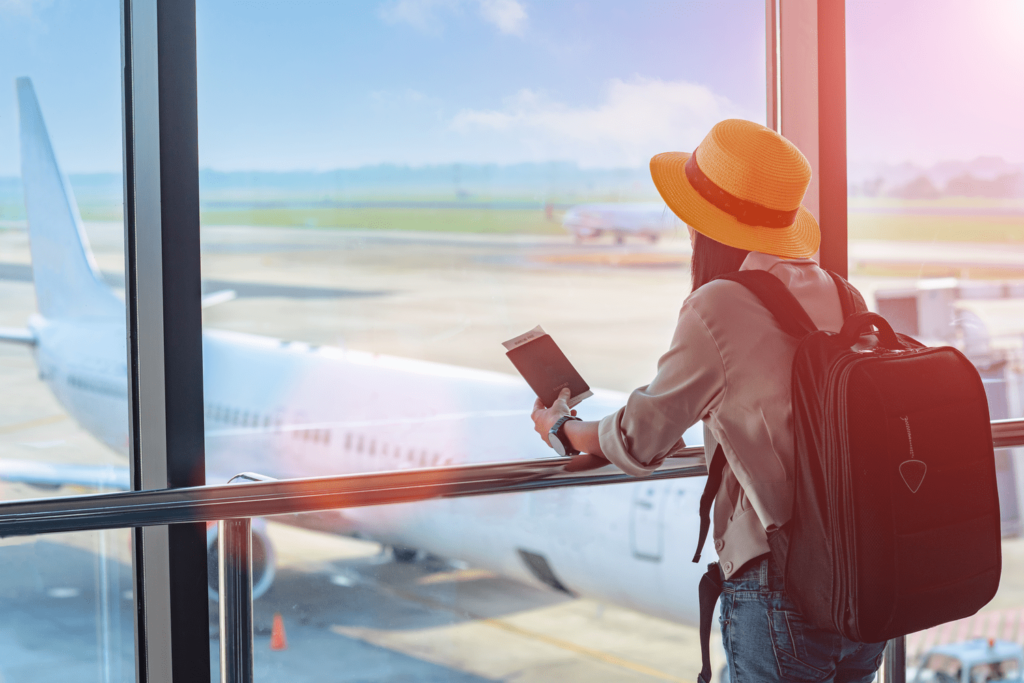

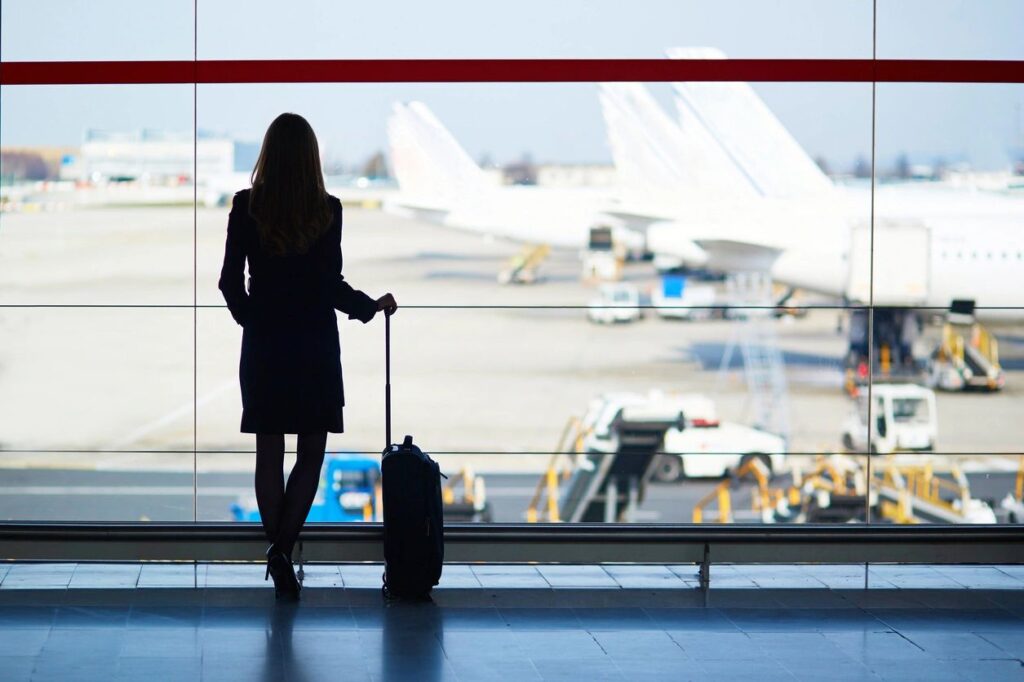
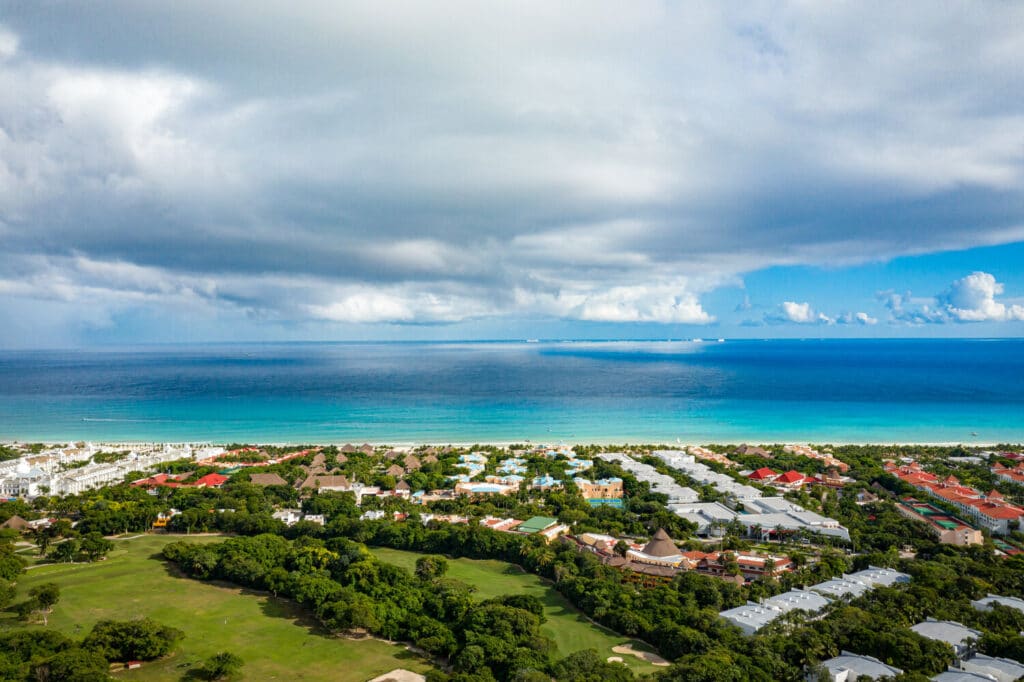
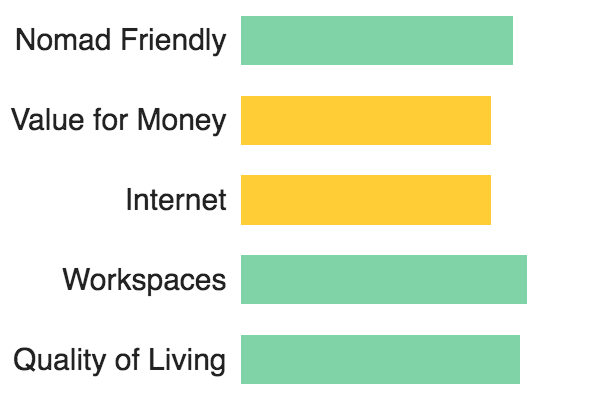
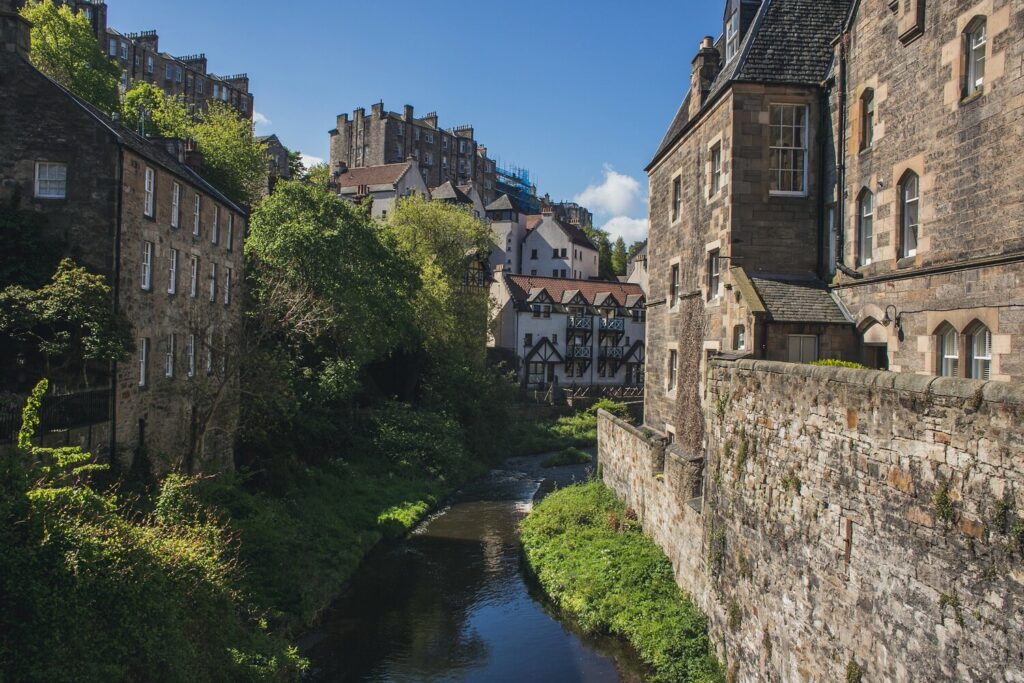
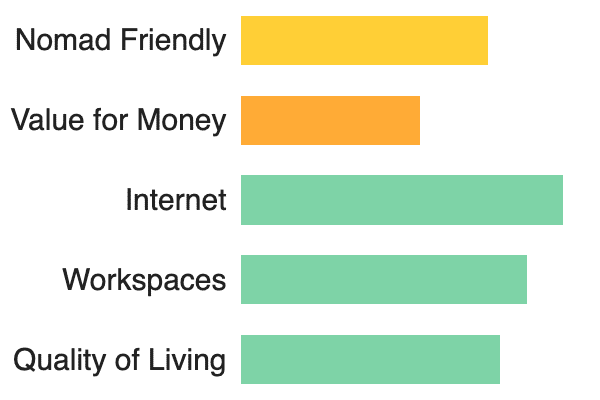
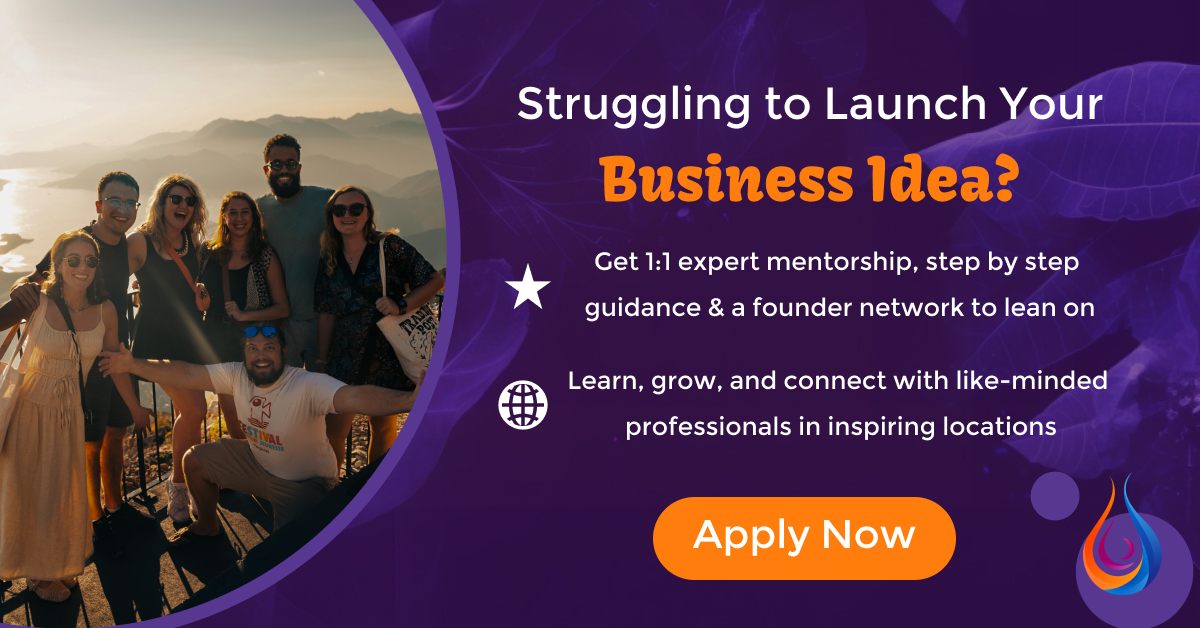
Responses